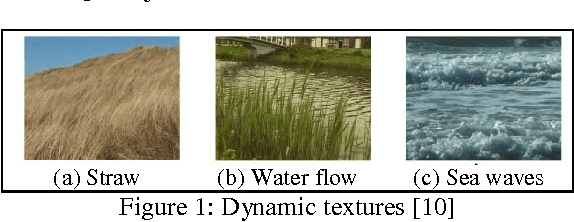Sumaira Tasnim
Application of Machine Learning Techniques in Aquaculture
May 03, 2014Abstract:In this paper we present applications of different machine learning algorithms in aquaculture. Machine learning algorithms learn models from historical data. In aquaculture historical data are obtained from farm practices, yields, and environmental data sources. Associations between these different variables can be obtained by applying machine learning algorithms to historical data. In this paper we present applications of different machine learning algorithms in aquaculture applications.
* 2 pages
Ensemble Classifiers and Their Applications: A Review
Apr 15, 2014
Abstract:Ensemble classifier refers to a group of individual classifiers that are cooperatively trained on data set in a supervised classification problem. In this paper we present a review of commonly used ensemble classifiers in the literature. Some ensemble classifiers are also developed targeting specific applications. We also present some application driven ensemble classifiers in this paper.
* Published with International Journal of Computer Trends and Technology (IJCTT)
Block Motion Based Dynamic Texture Analysis: A Review
Mar 24, 2014
Abstract:Dynamic texture refers to image sequences of non-rigid objects that exhibit some regularity in their movement. Videos of smoke, fire etc. fall under the category of dynamic texture. Researchers have investigated different ways to analyze dynamic textures since early nineties. Both appearance based (image intensities) and motion based approaches are investigated. Motion based approaches turn out to be more effective. A group of researchers have investigated ways to utilize the motion vectors readily available with the blocks in video codes like MGEG/H26X. In this paper we provide a review of the dynamic texture analysis methods using block motion. Research into dynamic texture analysis using block motion includes recognition, motion computation, segmentation, and synthesis. We provide a comprehensive review of these approaches.
* Published with International Journal of Computer Trends and Technology (IJCTT)
 Add to Chrome
Add to Chrome Add to Firefox
Add to Firefox Add to Edge
Add to Edge